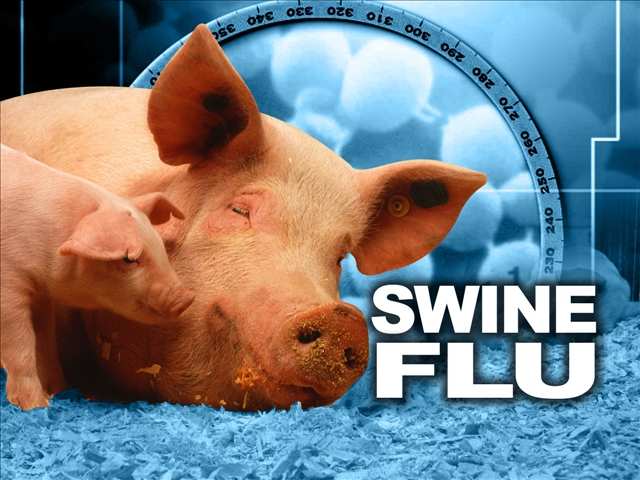The term "H1N1" is short for swine flu in humans. The word swine influenza virus means swine flu in humans and sometimes the human virus can also be transferred to pigs who work with humans. Very rarely does the human person who works on animals actually pass on the swine flu virus, but that has been the case in H1N1, which was a recent pandemic. The virus doesn't transfer through eating pork.
The virus that causes swine flu does not usually infect humans or animals very often. When the pandemic virus was first discovered, it did not circulate at all. This is the H5N3 type that causes the flu in humans. For most people, this disease is at low risk. Swine flu is commonly associated with respiratory illness, cough, sore throat, fever, and chills.
Most people experience some of these symptoms after exposure to the H5N3 virus or after contact with an animal infected with the virus. Some people will experience fever, fatigue, and shortness of breath, but others may experience shortness of breath and weakness. In some cases, people may vomit. This is common with symptoms of other types of flu.
Swine flu was initially diagnosed when poultry workers contracted a fever. Since the H5N3 swine flu virus was already present in humans, the workers did not get sick. But it was found that an employee of another business that dealt with pork eggs also contracted the virus.
Swine flu has been linked to the production of a pandemic strain of influenza believed to be the cause of the deaths of several pig breeders. It is believed that pigs that have been used on such farms are more likely to contract the new flu than those that are not. The recent outbreak has affected many children and a large number of adults.
H1N1 has spread to people in other countries. It is currently circulating in Japan and parts of Europe.
People in these areas should seek immediate medical attention if they develop this condition. H1N1 is deadly to most people and should not be taken lightly.

There are some precautions that should be taken to prevent being infected by H1N1, and the chances of getting the disease are relatively low
All pigs should be vaccinated for the flu virus. For children, the vaccination process should begin at an early age, and continued throughout the child's childhood and into adulthood.
Swine should be monitored for any signs of infection. They should be checked regularly for symptoms of respiratory illness and have their nose, ears, and mouth thoroughly examined every day. If swine cough occurs, the throat should be checked to make sure that there is no evidence of infection.
Swine should be separated from the rest of the family for the first few days and allowed to rest. They should not be allowed to touch other animals. When the family members have been separated, the dog should be checked for symptoms of fever and respiratory illness and other signs. They should also be vaccinated against h1n1, as should the family members who come in contact with the animal's feces.
Swine should not be bathed with water that is not clean. Use a sanitized solution for bathing, and keep the infected person or animal warm if possible. A warm bath can be quite effective in preventing the spread of the disease.
Gloves should be used to cover the mouth and nose while cleaning the hands. Swine should never be shaved. Swine should always use a clean towel, especially after a bath, to wipe away the feces and to allow for easy wiping of the eyes.
Children and adult family members should also avoid touching the face and eyes of the infected person or animal. If the swine coughs or sneezes, these people should wash their hands thoroughly with soap and water.